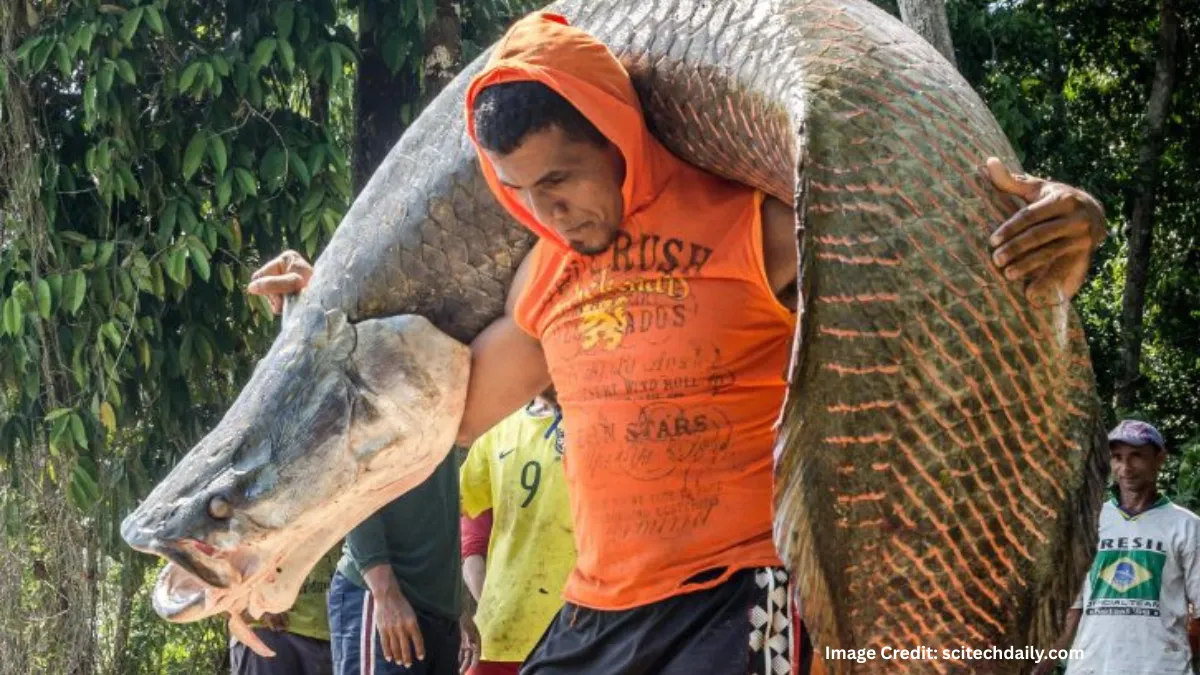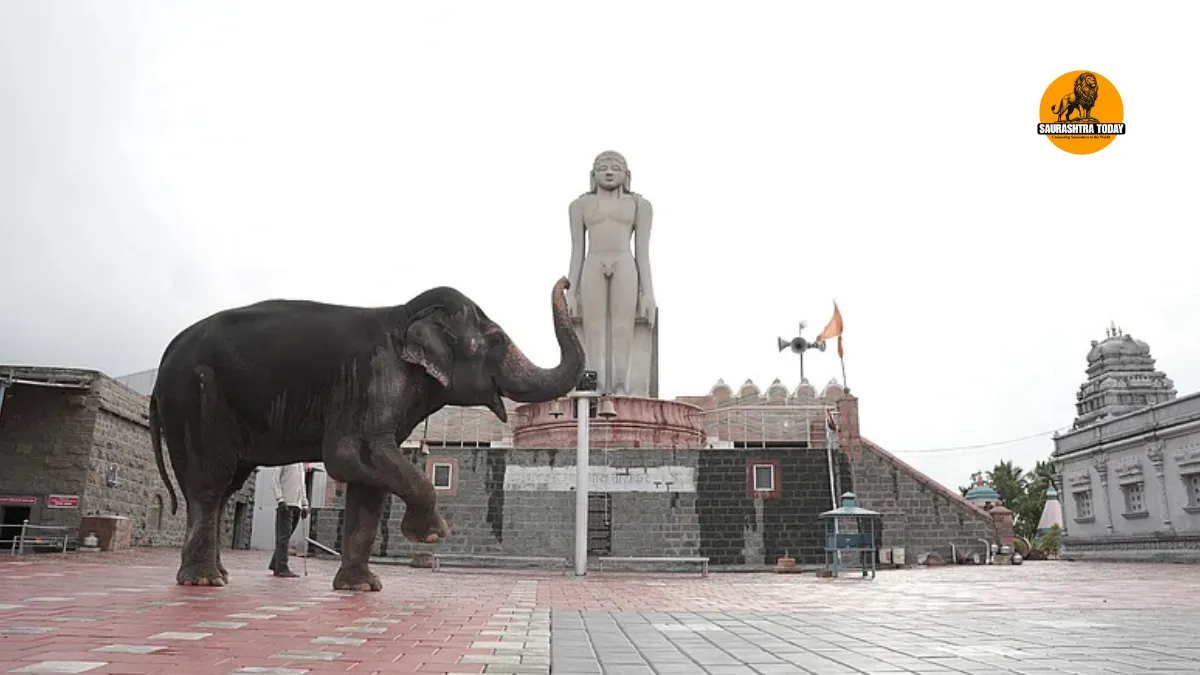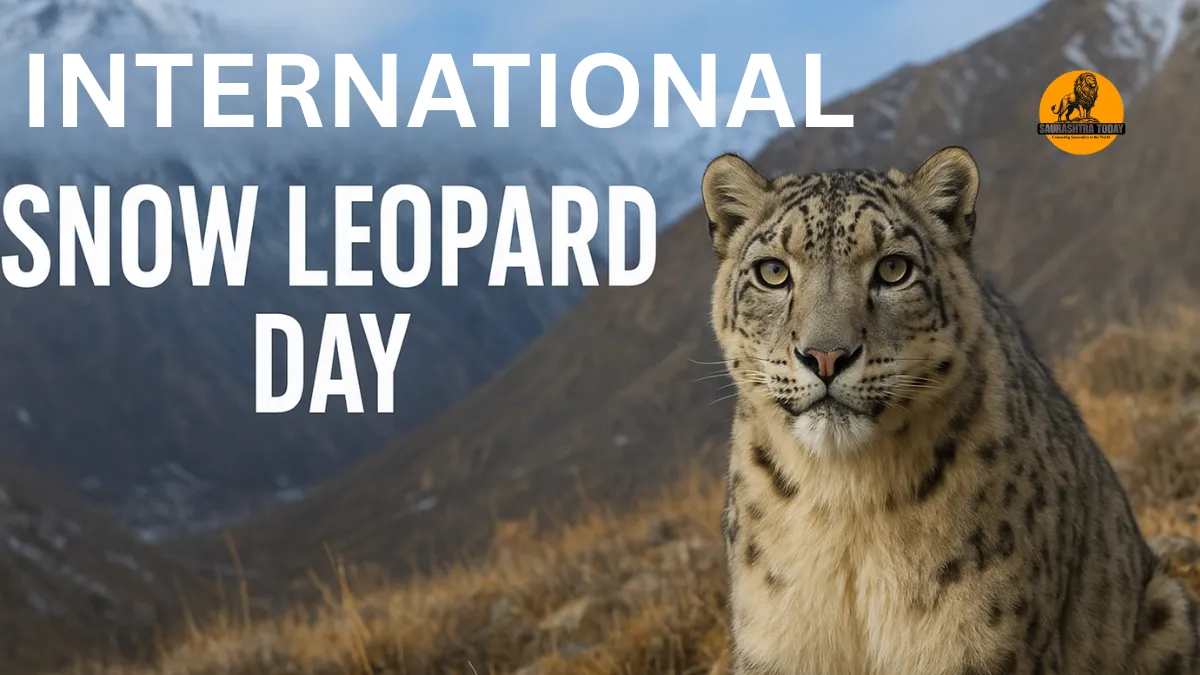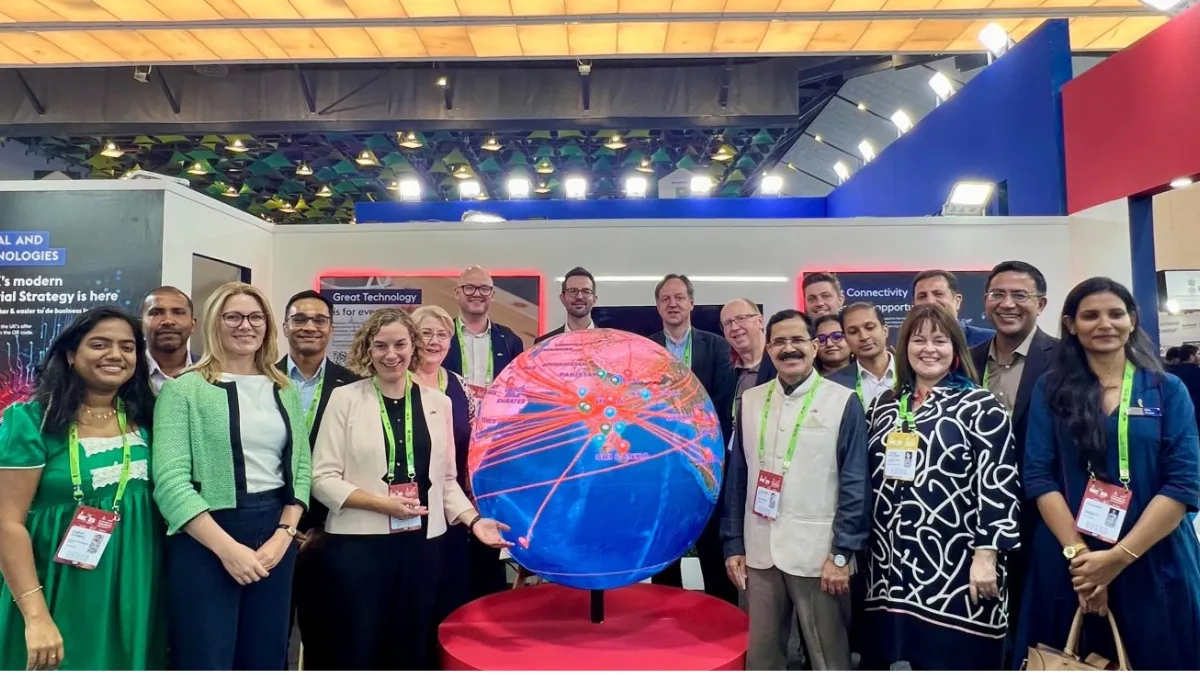Amazon Communities: New research reveals how Amazon communities are leading groundbreaking conservation efforts, protecting 15 million hectares of forest through community-based management and sustainable livelihoods.
Deep within the heart of South America’s most vital ecosystem, Amazon communities are achieving something truly remarkable. In regions where vast rainforests meet winding rivers, local people are proving that conservation doesn’t always require massive budgets or government programs. Sometimes, the greatest defenders of biodiversity are those who call the forest home.
A groundbreaking new study published in Nature Sustainability reveals that community-led conservation in the Brazilian Amazon is delivering “unprecedented” ecological results. The research, conducted by a collaboration of scientists from Brazil and the United Kingdom, highlights how empowering local residents to manage and protect natural resources is not only preserving biodiversity but also supporting local economies.
At a time when global efforts to meet the 30×30 conservation goal—protecting 30% of the planet’s land and seas by 2030—face political and financial challenges, these findings offer renewed hope. They show that sustainable, community-driven conservation can succeed where conventional models struggle.
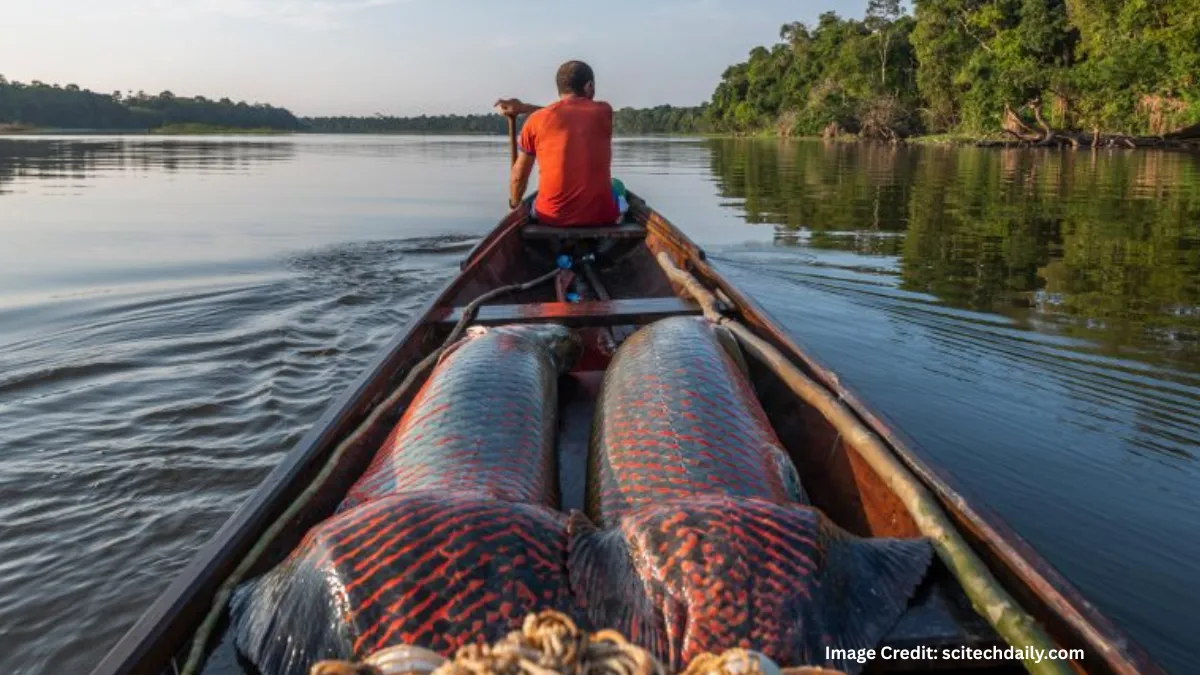
A Turning Point: The Power of Local Conservation
Traditional protected areas in the tropics often face severe limitations. Governments may declare vast tracts of land as protected, yet without sufficient staff, equipment, or funding, those areas become vulnerable to illegal activities such as logging, mining, and overfishing. In contrast, Amazon communities have demonstrated that direct involvement and local stewardship can deliver far greater impact at a fraction of the cost.
The new study analyzed the outcomes of community-based management along a 1,200-kilometer stretch of the Juruá River in the Brazilian state of Amazonas. Here, local residents have taken charge of managing fisheries and floodplain forests, forming a living example of what scientists call Other Effective Area-Based Conservation Measures (OECMs) — regions that achieve biodiversity protection through community-driven governance.
What the researchers found was nothing short of extraordinary. Each participating community safeguards forests and wetlands almost 86 times larger than the size of their managed fishing lakes. Collectively, this local model protects about 15 million hectares of Amazonian floodplain forest — an area larger than the entire country of Nepal.
Community-Based Management: A Model for the Future
The term community-based management refers to conservation systems where local people are the primary stewards of natural resources. Rather than relying solely on government enforcement, local residents organize themselves to protect and sustainably manage forests, rivers, and wildlife that are central to their livelihoods.
In the Amazon, this approach has deep cultural roots. For centuries, indigenous and riverine communities have lived in balance with their surroundings, guided by traditional knowledge and seasonal cycles. The modern scientific recognition of these practices as effective conservation models is now changing global perspectives.
The study—authored by Dr. Ana Carla Rodrigues and colleagues from Instituto Juruá, Universidade Federal de Alagoas, University of East Anglia, and Instituto Nacional de Pesquisas da Amazônia—highlights the measurable benefits of this model. Through collective agreements and local patrols, communities protect oxbow lakes that serve as breeding grounds for the Arapaima gigas, one of the world’s largest freshwater fish. These managed lakes also sustain populations of endangered species such as giant otters, manatees, and Amazon river turtles.
Local Guardians of the Juruá River
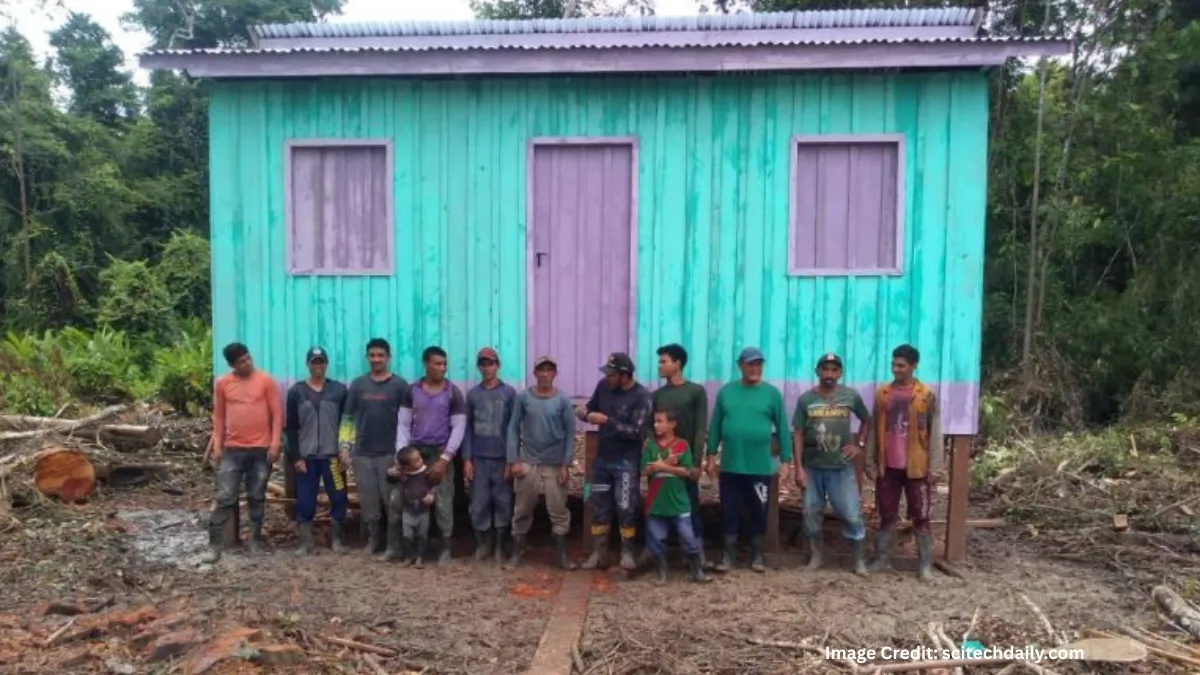
Life along the Juruá River depends on the delicate balance between people and nature. The river’s oxbow lakes provide both food and income for thousands of families. Over the past two decades, communities have voluntarily established fishing regulations and surveillance systems to prevent outsiders from overexploiting these resources.
Local residents take turns patrolling the lakes, monitoring fish populations, and ensuring that harvesting takes place only during sustainable periods. The results speak for themselves: fish stocks have recovered, wildlife has returned, and illegal fishing has plummeted.
Professor Carlos Peres of the University of East Anglia, a co-author of the study, describes this as a grassroots revolution.
“The conservation dividends from community-based protection are unprecedented,” Peres said. “These local managers are the unsung heroes of Amazon conservation, achieving what large bureaucratic systems often fail to deliver.”
By combining traditional knowledge with scientific research, Amazon communities have developed a model that is both ecologically effective and socially inclusive.
Economic and Social Benefits for Local People
One of the key reasons this approach works is that it aligns conservation with economic benefit. Communities that protect lakes and forests also earn from the sustainable harvest of fish like arapaima. These fish are sold at local markets, generating income that supports schools, healthcare, and community infrastructure.
According to the study, more than 96 protected lakes along the Juruá are managed by 14 rural communities, together maintaining an estimated population of 109,000 adult arapaima. These local efforts not only ensure food security but also help stabilize local economies that depend on natural resources.
In many ways, this represents a perfect balance between conservation and livelihoods — protecting the ecosystem while providing tangible benefits to the people who safeguard it.
The Cost of Protection: A Heavy but Worthy Burden
While the success of Amazon communities is inspiring, it also comes with challenges. Most of the protection work—patrolling, monitoring, and management—is done by volunteers. Community members pay for fuel, equipment, and food for patrols out of their own pockets. There are no formal salaries or compensation for these efforts.
Researchers warn that without sustained financial support, the long-term sustainability of these initiatives could be at risk. Dr. Ana Carla Rodrigues, who led the study, emphasizes that recognizing and compensating local efforts is crucial.
“Amazonian community-based management protects vast areas across one of the planet’s most complex ecosystems,” she said. “But these systems rely on unpaid labor and heavy social responsibility. Supporting local communities is not just an ecological necessity—it’s a matter of social justice.”
Experts suggest implementing Payments for Environmental Services (PES) programs that provide fair compensation to communities who protect ecosystems. Such programs would still be far more cost-effective than conventional enforcement, while ensuring that conservation remains a viable long-term strategy.
Why Amazon Communities Matter for the Planet
The global importance of the Amazon rainforest cannot be overstated. It regulates the Earth’s climate, absorbs billions of tons of carbon dioxide, and hosts 10% of all known species. Yet deforestation, illegal mining, and climate change continue to threaten its integrity.
By managing forests and fisheries sustainably, Amazon communities are playing a direct role in protecting the planet’s climate system. Their efforts contribute to reducing carbon emissions, preserving biodiversity, and maintaining the hydrological cycles that influence weather across continents.
Dr. João Vitor Campos-Silva, Co-Director of Instituto Juruá and co-author of the study, notes that nearly six million people in the Brazilian Amazon depend directly on wild nature for their survival.
“By including local dwellers in conservation practices,” he said, “we not only strengthen conservation outcomes but also improve local welfare. Supporting them is both an ecological and moral imperative.”
This approach demonstrates that conservation and human development are not opposing goals—they are interconnected pillars of a sustainable future.
Global Lessons from the Amazon
The Amazon’s success story carries valuable lessons for conservation efforts worldwide. Across Africa, Asia, and the Pacific, indigenous and rural communities manage large landscapes and seascapes through customary governance. Yet these areas often go unrecognized in national conservation statistics or receive little financial support.
The Amazon model shows that community-led protection can dramatically expand the global conservation footprint without requiring massive new budgets. Instead of focusing solely on designating new protected areas, governments and donors can achieve far greater impact by supporting and scaling up community-based systems that already work.
International organizations such as the Convention on Biological Diversity (CBD) are now paying closer attention to OECMs as legitimate conservation tools. The evidence from Brazil provides one of the strongest real-world examples of how this approach can help nations meet their biodiversity commitments under the Kunming-Montreal Global Biodiversity Framework.
Challenges Ahead: From Recognition to Policy
Despite the evidence, many community-led systems still lack formal recognition under national or international conservation frameworks. Bureaucratic hurdles, limited funding, and inconsistent political will remain obstacles.
To overcome these challenges, experts recommend three key steps:
- Legal Recognition: Governments must officially recognize community-managed areas as part of national conservation networks.
- Financial Support: Create sustainable funding mechanisms—such as PES, conservation credits, or eco-certification schemes—to compensate communities fairly.
- Knowledge Sharing: Encourage partnerships between local communities, scientists, and policymakers to exchange data, training, and technology.
If these steps are implemented, community-based management could transform not just the Amazon, but conservation efforts globally.
Also read: Vantara: The World’s Largest Animal Rescue Center and the Debate Around Rare Species
A Vision for the Future
The findings from this research underscore a simple yet powerful truth: conservation works best when people and nature thrive together. The Amazon communities leading these efforts have proven that environmental stewardship and human progress can go hand in hand.
Their achievements stand as a testament to what’s possible when trust, respect, and cooperation replace top-down control. These are not isolated experiments; they are living models of resilience, innovation, and hope.
As the world grapples with biodiversity loss and climate change, the story of the Amazon offers both inspiration and instruction. The lesson is clear — sustainable futures will be built not only by policymakers or scientists but by the communities who live closest to nature.
Also read: Tragic Tiger Attack at Growler Pines Tiger Preserve Sparks PETA Demand for License Revocation
Conclusion: Empowering the True Guardians of the Forest
The future of the Amazon, and by extension the planet, may depend on the empowerment of those who already protect it. Amazon communities have shown the world that conservation is not just about preserving landscapes; it’s about honoring the relationship between people and their environment.
Supporting these local guardians is more than a conservation strategy—it is an act of global solidarity. Their work reminds us that meaningful change often begins at the grassroots level, with communities who refuse to give up on the ecosystems that sustain them.
If the world is serious about achieving its biodiversity goals, then investing in community-led conservation must be a top priority. Because in the end, the Amazon’s greatest strength lies not only in its trees or rivers, but in the people who call it home.
